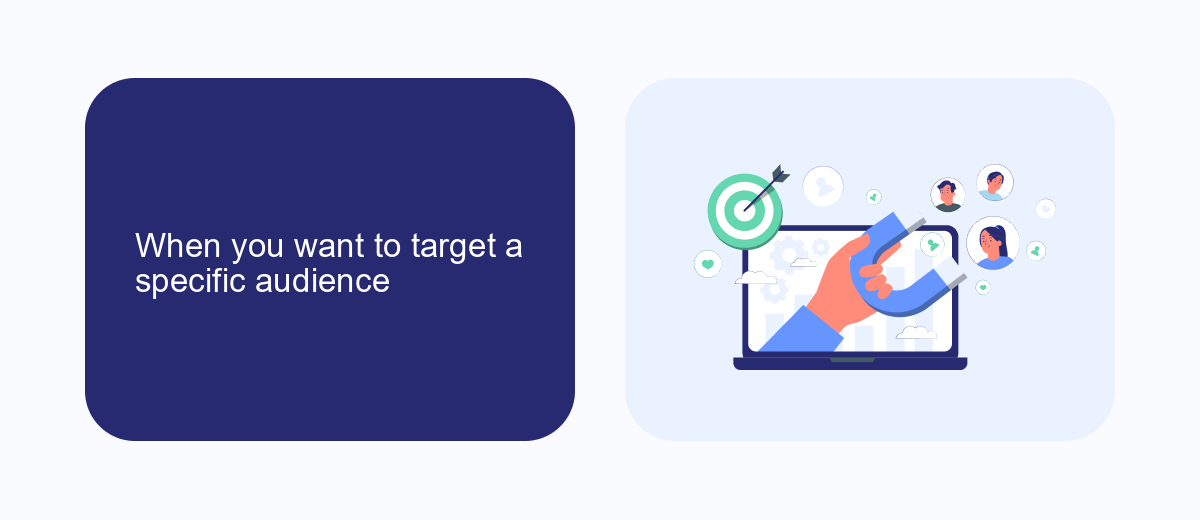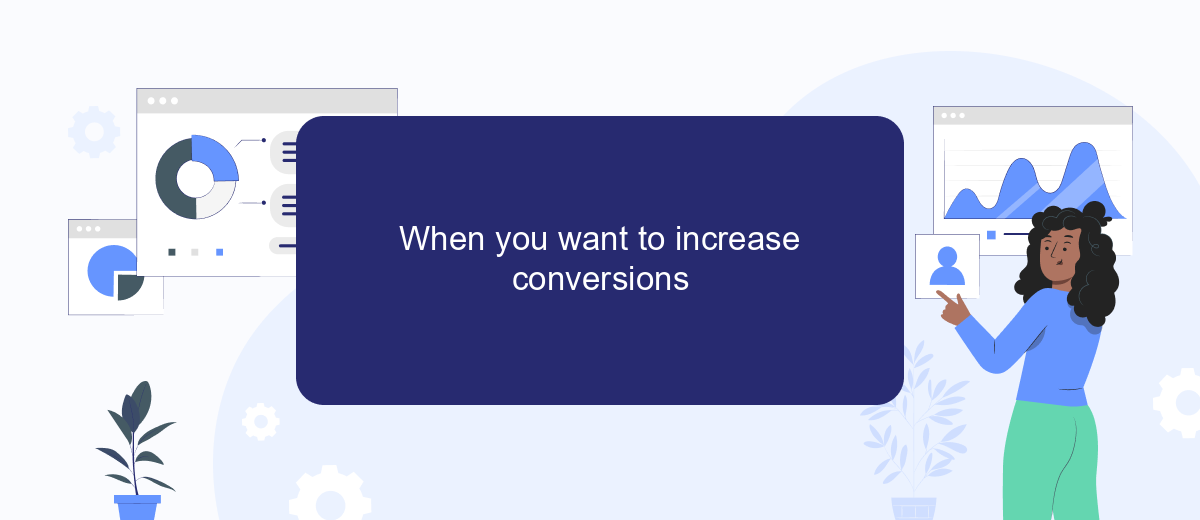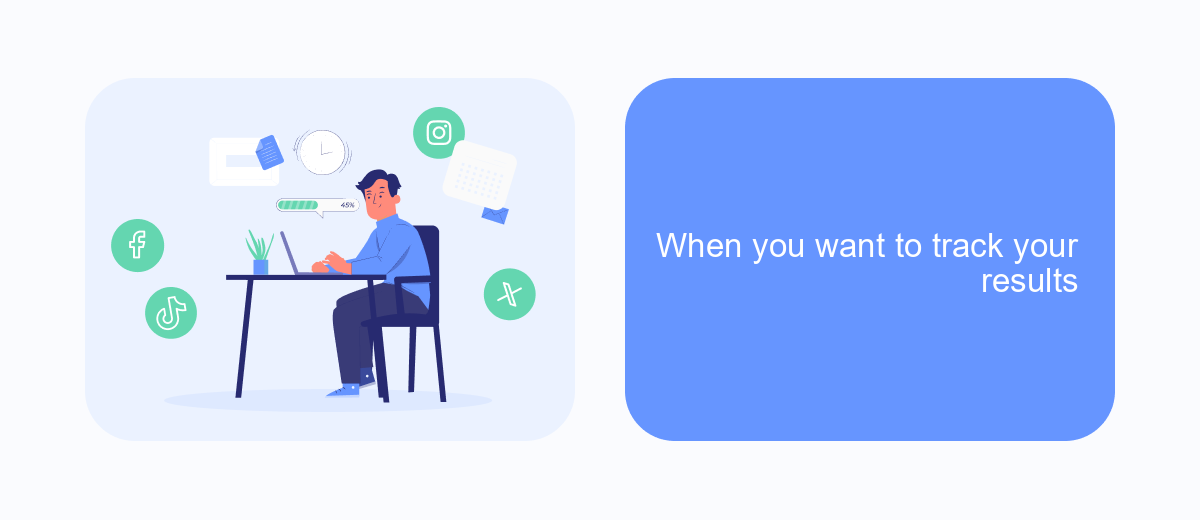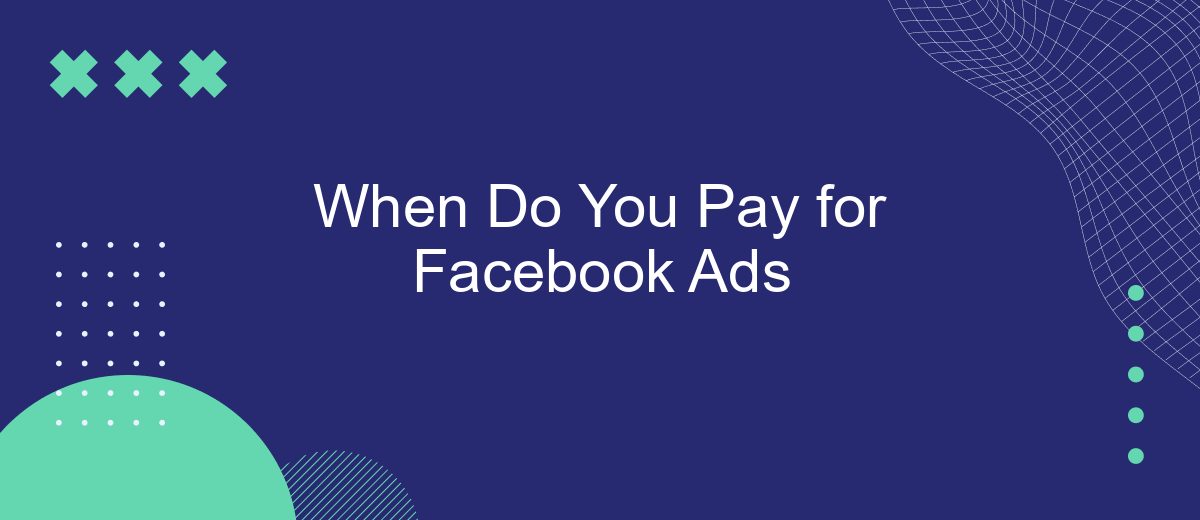When it comes to advertising on Facebook, understanding the payment structure is crucial for optimizing your budget and achieving your marketing goals. This article delves into the specifics of when you are charged for Facebook ads, helping you navigate the complexities of ad billing cycles, payment thresholds, and the various factors that influence when and how much you pay.
When you need to boost your reach
Boosting your reach on Facebook is essential when you want to connect with a larger audience and increase your brand's visibility. Organic reach can be limited due to algorithm changes, making it challenging to get your content seen by a broader audience. By investing in Facebook ads, you can ensure that your posts are shown to more people who are likely to be interested in your offerings.
- Launching a new product: Ensure your new product gets the attention it deserves by reaching a wider audience.
- Promoting events: Increase attendance and engagement for your events by targeting specific demographics.
- Increasing brand awareness: Make more people aware of your brand, especially if you are new to the market or entering a new region.
- Driving traffic to your website: Use ads to guide potential customers to your website for more information or purchases.
By strategically boosting your reach with Facebook ads, you can achieve your marketing goals more effectively. It's a powerful way to enhance your online presence and ensure that your message reaches the right audience at the right time.
When you want to target a specific audience

When you want to target a specific audience, Facebook Ads provides a powerful suite of tools to help you reach your desired demographic. You can define your audience based on various parameters such as age, gender, location, interests, and behaviors. This level of granularity ensures that your ads are shown to people who are most likely to be interested in your products or services, maximizing your return on investment.
Moreover, integrating Facebook Ads with services like SaveMyLeads can further enhance your targeting capabilities. SaveMyLeads allows you to automate lead generation processes, ensuring that your ad campaigns are not only reaching the right audience but also capturing and nurturing leads efficiently. By leveraging such integrations, you can streamline your marketing efforts, save time, and ultimately drive more meaningful engagement with your target audience.
When you want to increase conversions

When you're aiming to increase conversions, investing in Facebook Ads can be a game-changer. By strategically targeting your desired audience, you can effectively drive more traffic to your website and convert visitors into customers. Facebook's robust analytics and targeting options allow you to optimize your campaigns and achieve higher conversion rates.
- Identify your target audience: Use Facebook's demographic and interest-based targeting to reach potential customers who are most likely to convert.
- Create compelling ad content: Design visually appealing ads with strong calls-to-action that encourage users to take the next step.
- Utilize retargeting: Show ads to users who have previously interacted with your brand to remind them of your products or services.
- Monitor and adjust: Regularly review your ad performance and make necessary adjustments to improve conversion rates.
By following these steps, you can make the most of your Facebook Ads budget and see a significant increase in conversions. Remember, continuous testing and optimization are key to maximizing your return on investment and achieving your business goals.
When you want to track your results

Tracking the performance of your Facebook ads is essential to understand their effectiveness and optimize your marketing strategy. By monitoring key metrics, you can determine which ads are driving engagement, conversions, and sales, allowing you to allocate your budget more efficiently. Facebook provides robust tools to help you measure the success of your campaigns.
When you pay for Facebook ads, you gain access to detailed analytics and insights. These tools enable you to monitor various aspects of your ad performance in real-time, helping you make data-driven decisions. Here are some key metrics you should track:
- Click-Through Rate (CTR): Measures how many people clicked on your ad after seeing it.
- Conversion Rate: Indicates the percentage of users who completed a desired action, such as making a purchase or signing up for a newsletter.
- Cost Per Click (CPC): Shows the average cost you pay for each click on your ad.
- Return on Ad Spend (ROAS): Calculates the revenue generated for every dollar spent on ads.
By tracking these metrics, you can identify which ads are performing well and which ones need improvement. This allows you to refine your targeting, messaging, and budget allocation to maximize your return on investment (ROI). Regularly reviewing your ad performance ensures that your marketing efforts remain effective and aligned with your business goals.
- Automate the work with leads from the Facebook advertising account
- Empower with integrations and instant transfer of leads
- Don't spend money on developers or integrators
- Save time by automating routine tasks
When you need more leads
When your business needs more leads, investing in Facebook Ads can be a highly effective strategy. Facebook's sophisticated targeting options allow you to reach potential customers based on their interests, behaviors, and demographics, ensuring that your ads are seen by the right audience. By creating compelling ad content and utilizing Facebook's various ad formats, you can attract more prospects to your website or landing page, increasing the chances of converting them into leads.
To maximize the efficiency of your lead generation efforts, consider integrating your Facebook Ads with a lead management service like SaveMyLeads. This platform automates the process of capturing and organizing leads from your Facebook Ads, allowing you to seamlessly transfer them to your CRM or email marketing tools. By streamlining this process, you can respond to new leads more quickly and effectively, ultimately boosting your conversion rates and growing your customer base.
FAQ
When do you pay for Facebook Ads?
How often does Facebook bill me for ads?
Can I control when I get billed for Facebook Ads?
What payment methods does Facebook accept for ads?
How can I automate my Facebook Ads billing and reporting?
Would you like your employees to receive real-time data on new Facebook leads, and automatically send a welcome email or SMS to users who have responded to your social media ad? All this and more can be implemented using the SaveMyLeads system. Connect the necessary services to your Facebook advertising account and automate data transfer and routine work. Let your employees focus on what really matters, rather than wasting time manually transferring data or sending out template emails.

